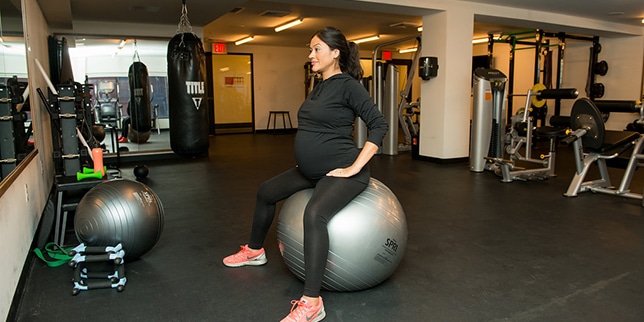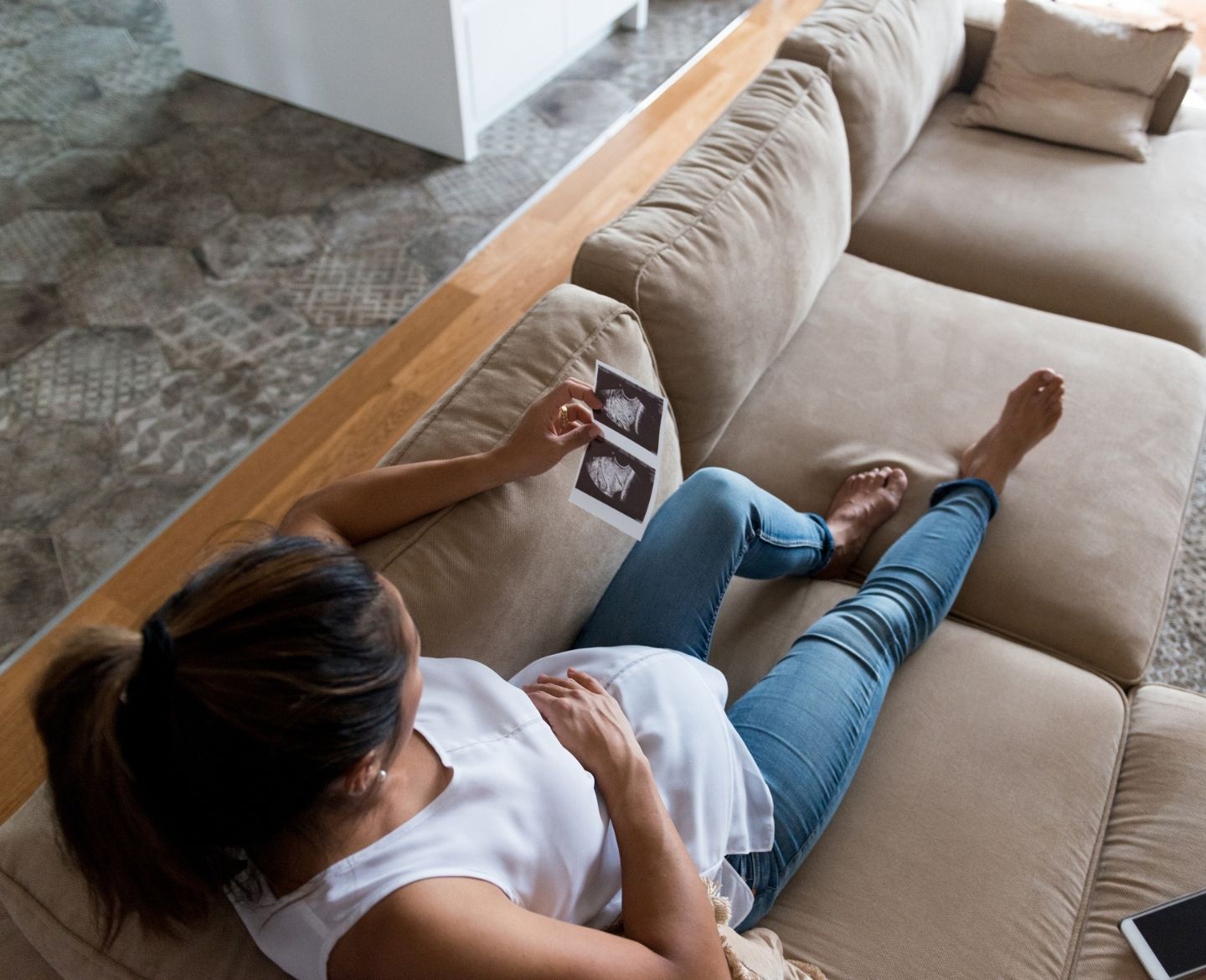8 exercises to relieve hip pain during pregnancy
Don't let hip pain take the excitement out of your pregnancy.

Once you hit your second trimester, you’re probably sporting a tiny little bump, and should generally start feeling a lot better and more energetic than in your first trimester. But for some women, this is when hip pain begins to appear.
Some experts relate it to sciatica, which is a condition where your sciatic nerve gets pinched and radiates pain into the buttocks, thighs and hips, or round ligament pain in your groin area, which is a result of the ligaments stretching to accommodate for pregnancy and childbirth.
If you find yourself on the receiving end of this pregnancy ailment, here are eight exercises to help alleviate and stretch away the pain. As always, please check with your healthcare provider before trying any new exercises.
8 exercises that can help relieve hip pain during pregnancy
1. Fire log pose. Sit comfortably on the edge of a folded blanket and cross one ankle over the opposite knee. If you can stack the other ankle and knee too, do so or otherwise just relax the bottom leg out. From here, just sit or carefully and lean forward. You should feel a stretch in the outer hip right away.
2. Standing sideways stretch. Stand next to a doorway and align your shoulder with it. Then cross your inner leg over the outer leg and lean towards the door frame, holding onto it with both hands. If that is not enough of a stretch, then try and push into the hand which is on top.
3. Standing ankle to knee. If you have good balance, this pose is excellent to open the hips and create strength in the standing leg. Find a ledge at about hip height or higher and stand in front of it. Then place your ankle on the opposite knee and fold forward. Keep your standing leg bent softly — the more you lean forward the more intense the stretch will be.
4. Lie on your side with a pillow between your knees. This is not technically an exercise, but it should relieve pain, particularly if it is associated with sciatic pain. Lie down on your side and stack your hips, knees and ankles in two 90 degree angles. Pull your knees up in front of you and keep space in the knee. Then place a pillow along your lower leg and relax. Lying like this for at least 15 minutes can do wonders for the spine.
5. Bridge pose. Lie down on your back (place a small blanket under your lower back if you are in your second trimester or further. Walk your heels in, until your hands can skim the back of them, and then lift your hips up to create a straight line from knee to hip. Now try and relax your buttocks and hamstrings and hold the hip up for about 30 seconds. After a short while, you will feel the supporting muscles in your lower back start to work and support your spine.
6. Happy baby pose. I want to believe that babies are happy because their bodies are so balanced. Lying down on your back with a blanket under your lower back like above, lift your legs up in the air and hold the outsides of your feet with your hands. Keep your feet flat as if you were standing on the ceiling, pull your knees towards your armpits and lengthen your tailbone.
7. Standing pelvic tilt. Stand with your feet hip width apart and your back against a wall. As you inhale, arch your back away from the wall and as you exhale try and flatten your lower back against the wall. Try and do this exercise slowly and mindfully, and work your way up to 15 repetitions.
8. Walk engaging your glute muscles. This piece of advice is really for paying more attention to your posture throughout the day. As your belly gets bigger, it’s tempting to arch your back more and tilt your pelvis forward. Engaging your glute muscles with each step and lengthening your tailbone by tucking your pelvis in will help with pain and hopefully help you transition faster postpartum after you have had the baby.
We hope that these exercises can help you get through your pregnancy with as little pain and discomfort as possible. Let us know in the comments if you found something that worked for you that we didn’t mention.



